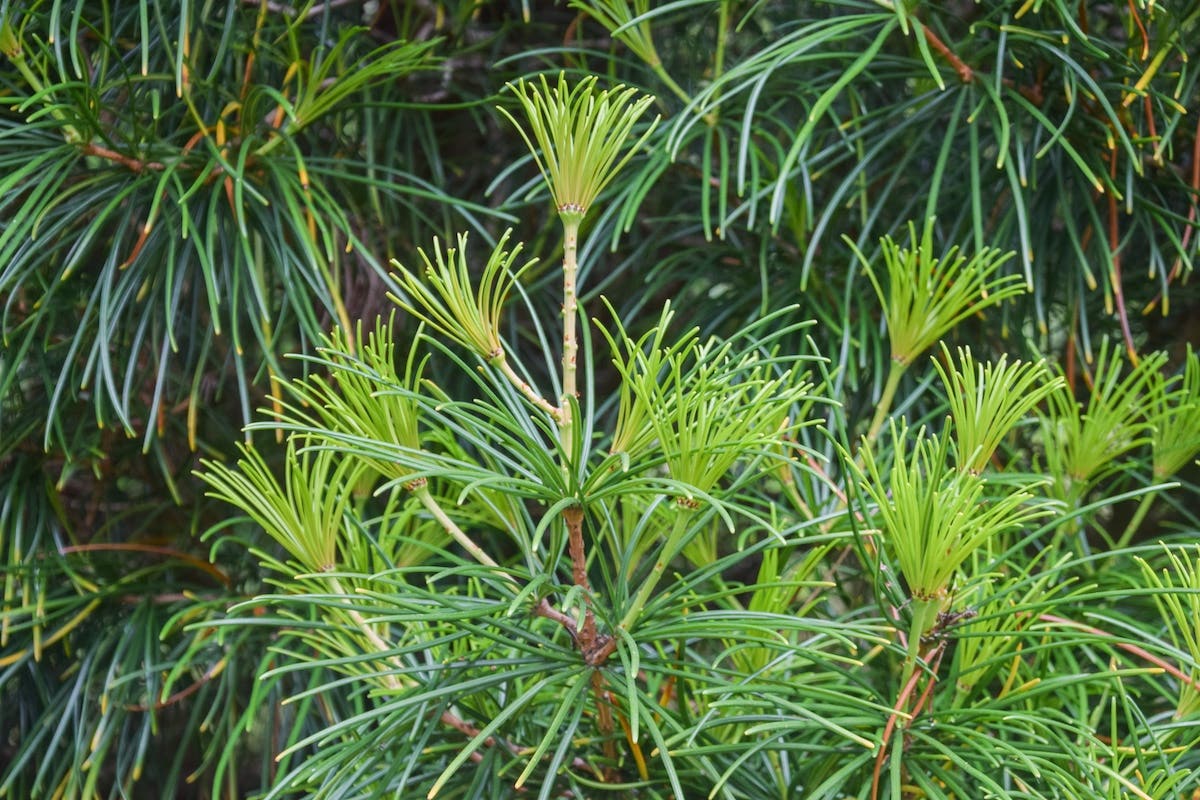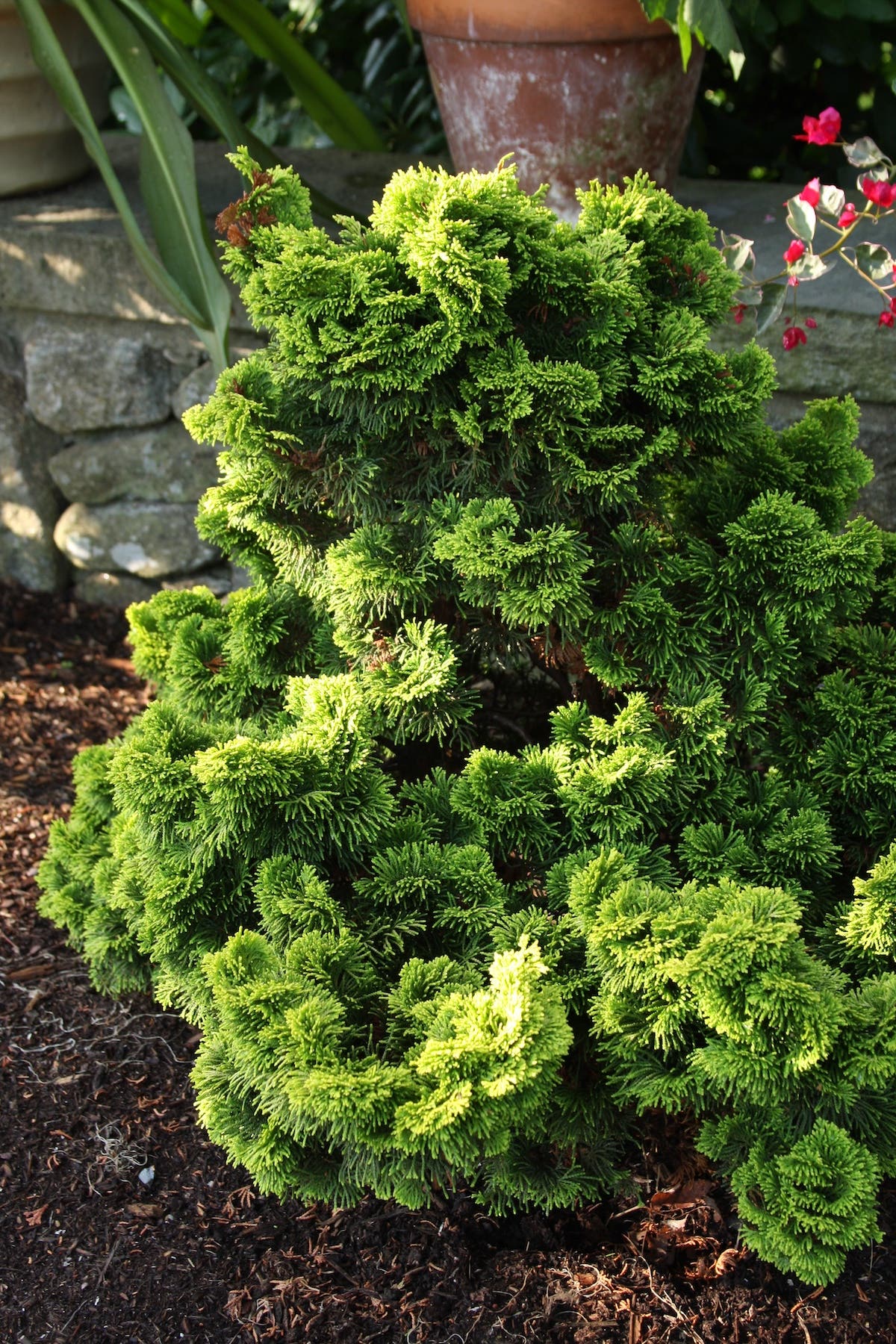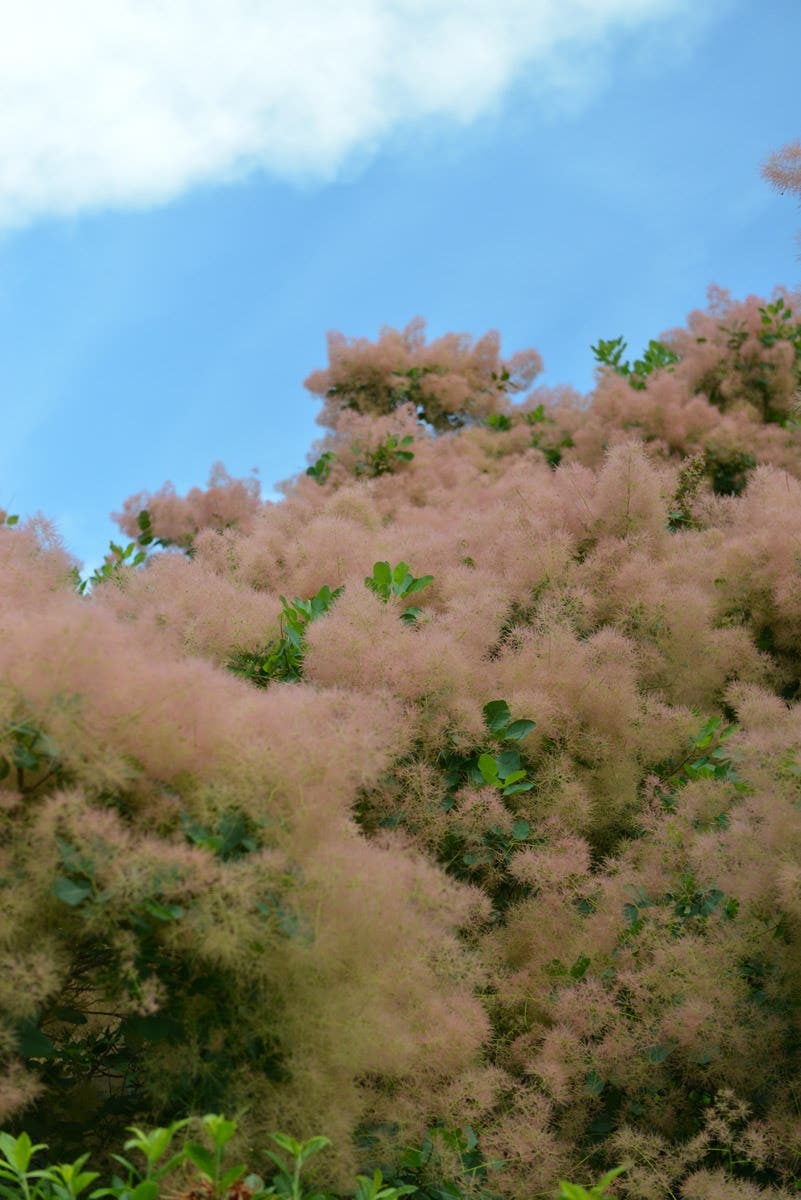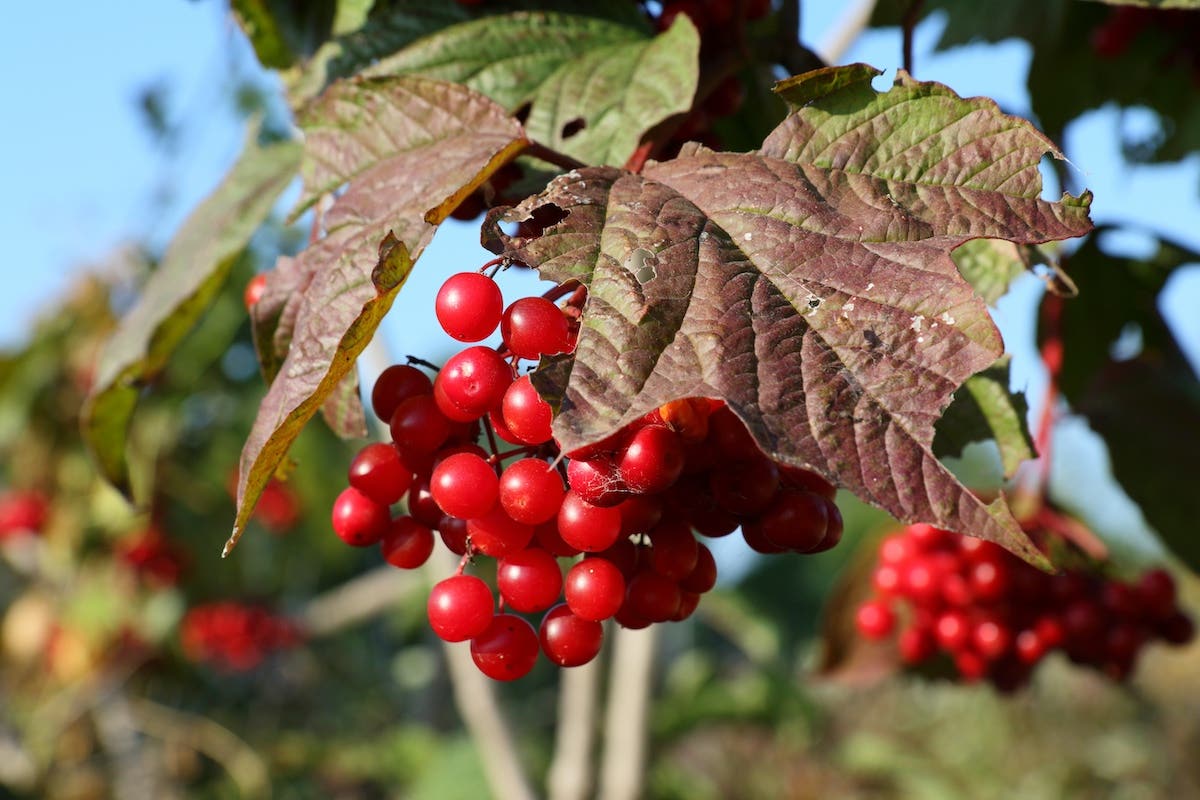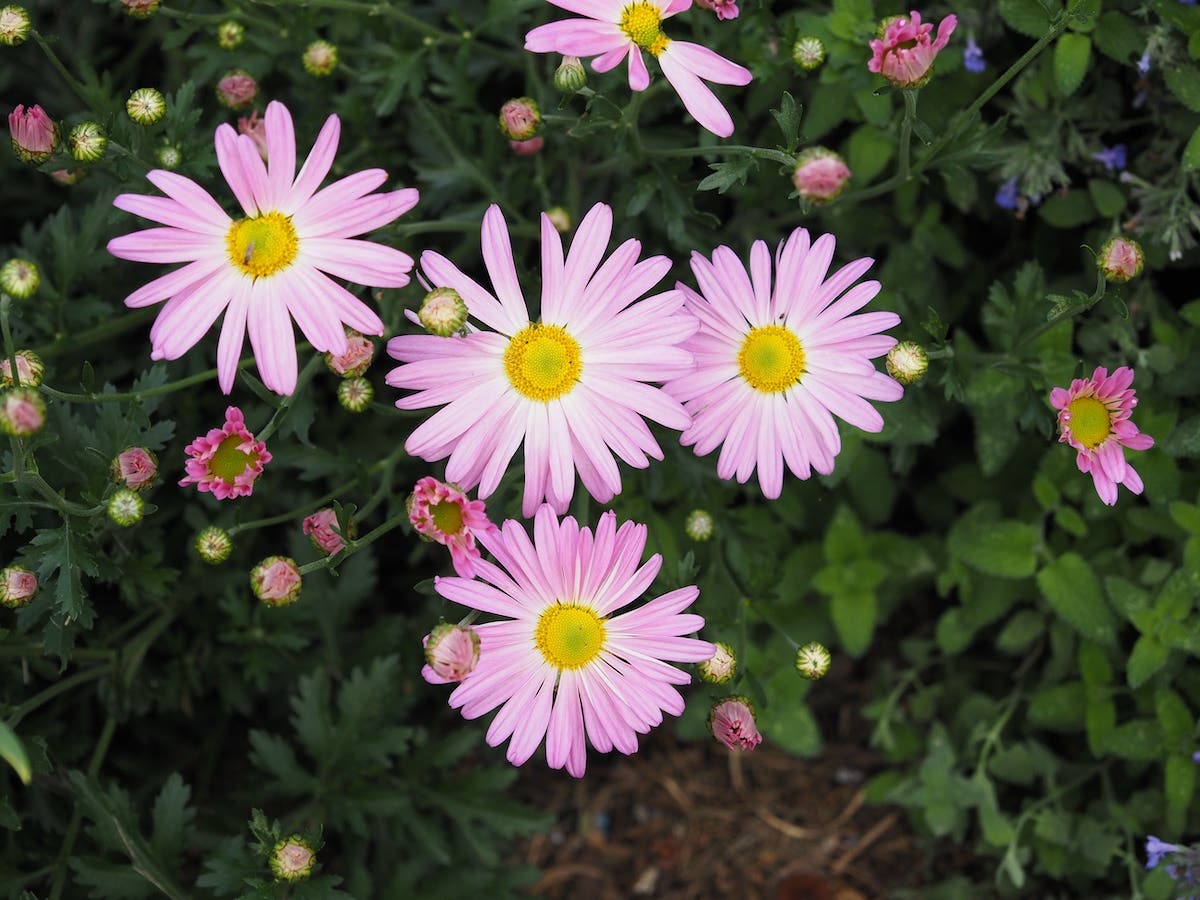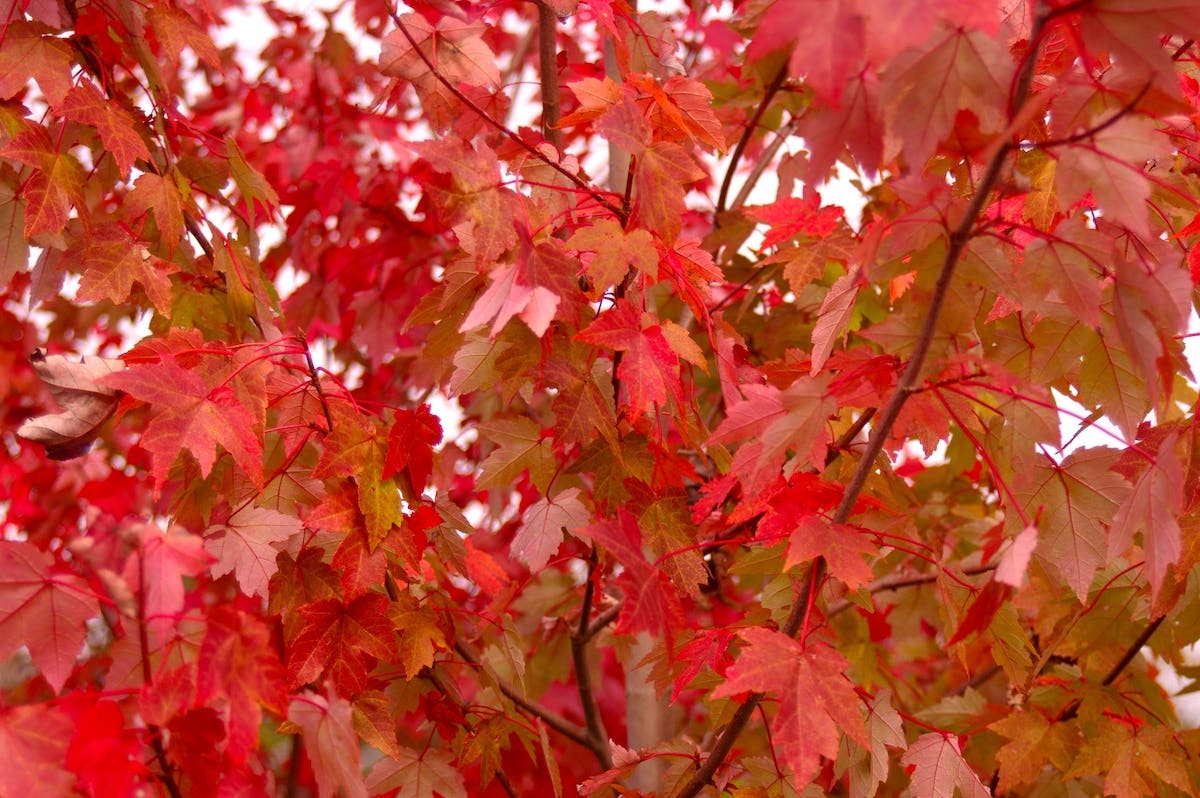Grow Blueberries and Their Relatives to Benefit the Garden and Your Health
Plants in the genus Vaccinium, which includes blueberry bushes, are beautiful across seasons and beneficial to wildlife. Of course, their fruits make delicious, healthy treats for people, too.
Isn’t it thrilling how the simple things we like as children often unfold into worlds of information and meanings as we mature? Take blueberries, for instance.
They were a special treat when I was five years old—something mom brought home from the King Kullen market to our neat and tidy neighborhood on Long Island’s north shore. But then, when I was eight, my parents pulled up stakes and moved our family to the wilds of the Pocono Mountains in Pennsylvania.
Not long after moving, I lay in my bed one night and watched as fire consumed the slopes of Blue Mountain, a terminal moraine about two miles from our house. I thought it must be a disaster, but my dad explained that the fires were set deliberately. Local folks set the fires, he said, to clear out underbrush and tree growth so that more sunlight could reach the ground and stimulate the growth of wild blueberries that were a source of income for them.
Later, in high school biology, the teacher said that commercial blueberries were developed in the early 20th century from wild species in marshy lands on the Pocono Plateau and in the southern New Jersey pine barrens. The Pennsylvania species was mostly the high-bush blueberry, Vaccinium corymbosum, which can reach seven feet tall, while in the poor sandy soils of southern New Jersey, the berries were mostly low-bush blueberries, V. pallidum or V. angustifolium, that grow from 18 to 30 inches tall.
Since these wild species entered commerce, breeders have developed many crosses between high-bush and low-bush species, generally categorized as half-high blueberries, and heat-tolerant rabbit-eye blueberries (Vaccinium virgatum) that do well in the southern states. There are hundreds of named varieties descended from native North American species and thousands around the world. And that’s just for blueberries.
Blueberries’ tastiest cousins
As a teenager tramping through the woods and fields of eastern Pennsylvania, I learned that in summer, there was always sweet fruit for the picking, especially the huckleberries that grew on the ridgetops along the Appalachian Trail. As good as blueberries were, I preferred the huckleberries (Gaylussacia brachycera), whose flavor intensity was greater and sweetness unsurpassed.
If the genus name rings a faint bell, it’s because the plant is named for Joseph Louis Gay-Lussac (1778–1850), a Frenchman we all knew from high school chemistry for his law that said at constant pressure, the volume of any gas increases in proportion to its absolute temperature. Oh, and he also discovered that water is two parts hydrogen and one part oxygen by volume. And he also discovered boron.
Today botanists have split as to whether huckleberries are just a kind of vaccinium or whether they deserve their own genus. Whatever the botanists finally decide, huckleberries made exploring the wild places of Appalachia fun and tasty. I only ever had huckleberry pie once, but I have never lost my hankering for another slice.
When I moved to California in 1985, I continued to tramp in the woods, and there I discovered a tall, rangy understory evergreen plant (Vaccinium ovatum) with dark blue-black berries that locals called huckleberries. I also found another plant (V. membranaceum) with excellent fruit, also called huckleberries! Both are found from northern California to western Canada.
Back East, where melting glaciers at the end of the last Ice Age created bogs from Cape Cod to the wetlands around the Great Lakes, native cranberries (V. macrocarpon) grow. What would a Thanksgiving turkey dinner be without cranberry sauce? The use of cranberries with turkey stems from the development of this fall harvest tradition in colonial New England, where wild turkeys inhabited the woods and cranberries grew naturally in ancient glacial landscape depressions.
Besides cleansing the palate between bites of turkey and stuffing, the juice of these sour-tart berries contains substances that prevent bacteria from sticking to urinary tract cells, and, taken regularly, have become a standard way to prevent urinary tract infections. It’s also been shown that cranberry juice inhibits bacteria in the mouth that cause tooth decay and periodontal disease.
Related: Learn about growing another unique fruit in "Growing Saskatoon Berries in the Home Garden."
Health benefits of the blueberry genus
But that’s just the beginning of the health benefits of the genus Vaccinium, which besides blueberries, huckleberries and cranberries includes bilberries and lingonberries and more than 4,250 other wild species around the world. They’re all members of the Ericaceae family, commonly known as heaths. Members of this family are one of the best sources of bioactive and nutritional compounds. Bioactive compounds are, among other virtues, antioxidants. That means they roam the blood system, binding up and eliminating the health dangers posed by oxygen radicals.
Related: Find more great garden plants from the Ericaceae in "Unique Native Shrubs and Trees for Acidic Soil."
Due to metabolic processes in our bodies, some oxygen atoms are released from their tight molecular bond in the oxygen molecule (02). The result is single, free oxygen atoms cruising through our system, causing damage to our tissues by oxidizing them.
The bioactive compounds of heath-family members grab these free-ranging oxygen atoms and bind them so they can’t cause damage. These are mostly phenolics (phenolic acids, flavonoids, anthocyanins, flavonols and tannins).
Their beneficial effects are many. They prevent inflammation disorders and cardiovascular diseases, and they have protective effects that lower the risk of cancers. They’re antimicrobial, and they guard against diabetes, obesity, osteoporosis and neurogenerative diseases. The antimicrobial action of vaccinium berries is especially important. They inhibit the growth of Helicobacter pylori in the stomach. For many years, doctors thought that stress was the cause of stomach ulcers, but in recent years it was discovered that the real cause is an infection by H. pylori of the stomach lining.
Studies showed that bilberry extract also inhibited dangerous human pathogens, such as Clostridium difficile and Staphylococcus aureus, as well as Streptococcus pneumoniae.
As nutritional food, vacciniums bring a lot to the table. Blueberries, for instance, have one of the highest concentrations of iron of any temperate fruit. Cranberries supply nutritionally important amounts of magnesium, sulfur, potassium, calcium, phosphorus and nitrogen, as well as micronutrients like manganese, zinc, molybdenum, copper and boron.
According to a report in Science News for March 9, 2024, the secret to a blueberry’s blue color is in the structure of its wax coat. Blueberries, grapes and some kinds of plums should look red because of their anthocyanins, but scientists at the University of Bristol in England found that the powdery-looking waxy coat on these fruits contain nanostructures that scatter blue to violet wavelengths of light, making the fruits look blue to the human eye. This wax was transparent when taken from the fruit and dissolved, but when it was later allowed to dry, it regained its power to look blue.
Blueberries and more in the garden
Finally, vaccinium species and cultivars make great landscape plants, functioning well as hedges when planted three feet apart. They can also be interspersed in beds and borders, offering fruit to gardeners and visitors. And the low-bush types make fine ground covers and great places for kids to hunt for their berries. They look good in fall, too, when their leaves turn from orange to orange-red to fiery red-orange and even crimson.
Related: "A Blueberry Hedge Does Double Duty"
To grow them successfully, there are a few factors to take into account. They like an acid soil, with a pH between 4.5 to 5.2. Have your soil tested before planting and lower the pH, if necessary, with rotting pine needles, peat and applications of sulfur.
Blueberry bushes grow slowly and the presence of fruit will slow their growth even further. Remove any developing fruit from the plants for the first four years and they will repay you with larger harvests when they become better established.
Also, when they’re mature, prune away up to three of the oldest canes each year, as much as a quarter of the whole plant. This keeps them producing heavy yields of fruit on newer wood each season. And plant more than one variety as they are partially self-incompatible; growing several varieties will give you more and bigger fruits.
For low-bush blueberries used as a ground cover, chop them back with a lawn mower during the winter. This will stimulate new growth from the root crowns. In fact, this is exactly why the locals were setting the mountains on fire when I was a kid in Pennsylvania. They let the fire do the pruning while the roots survived.


